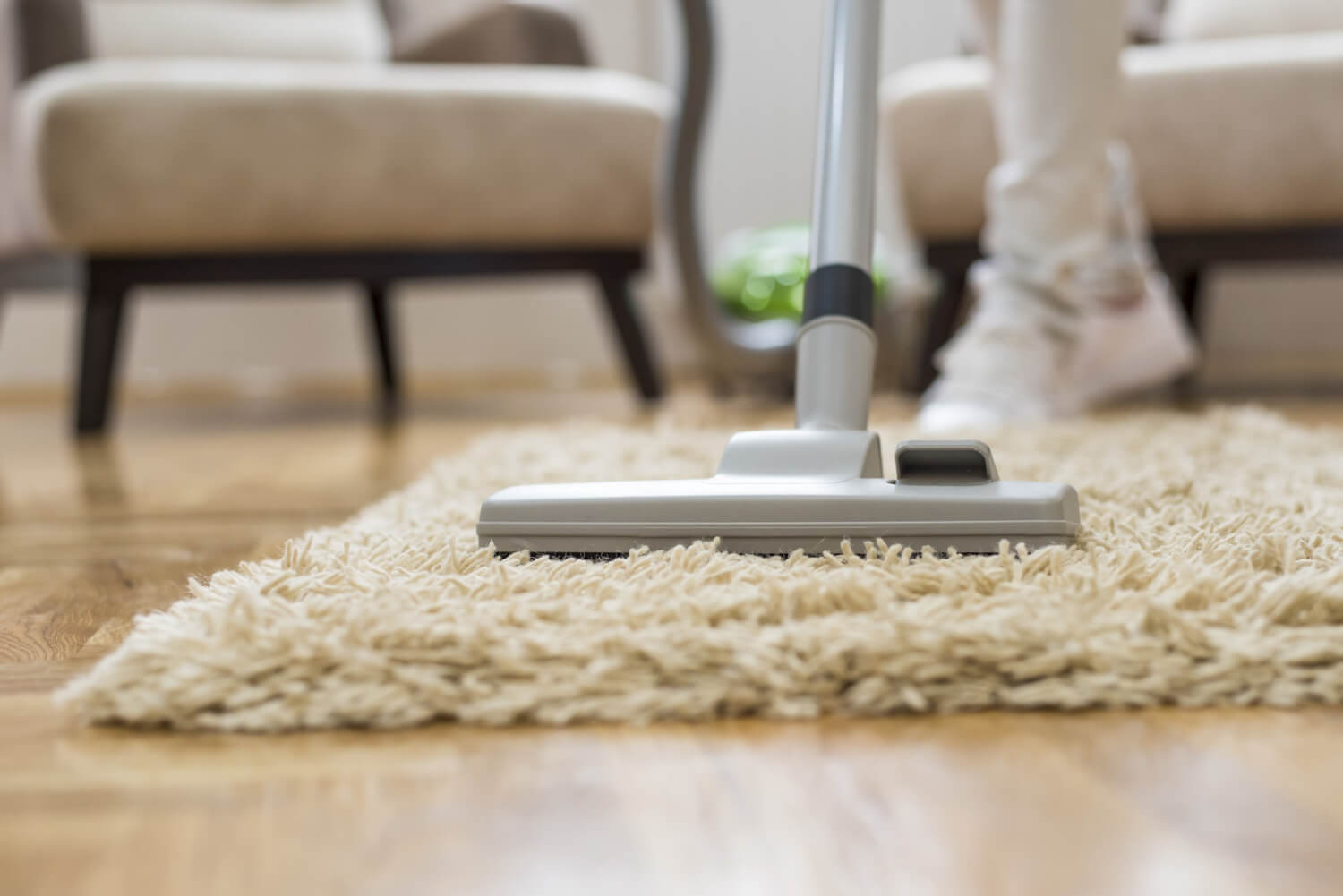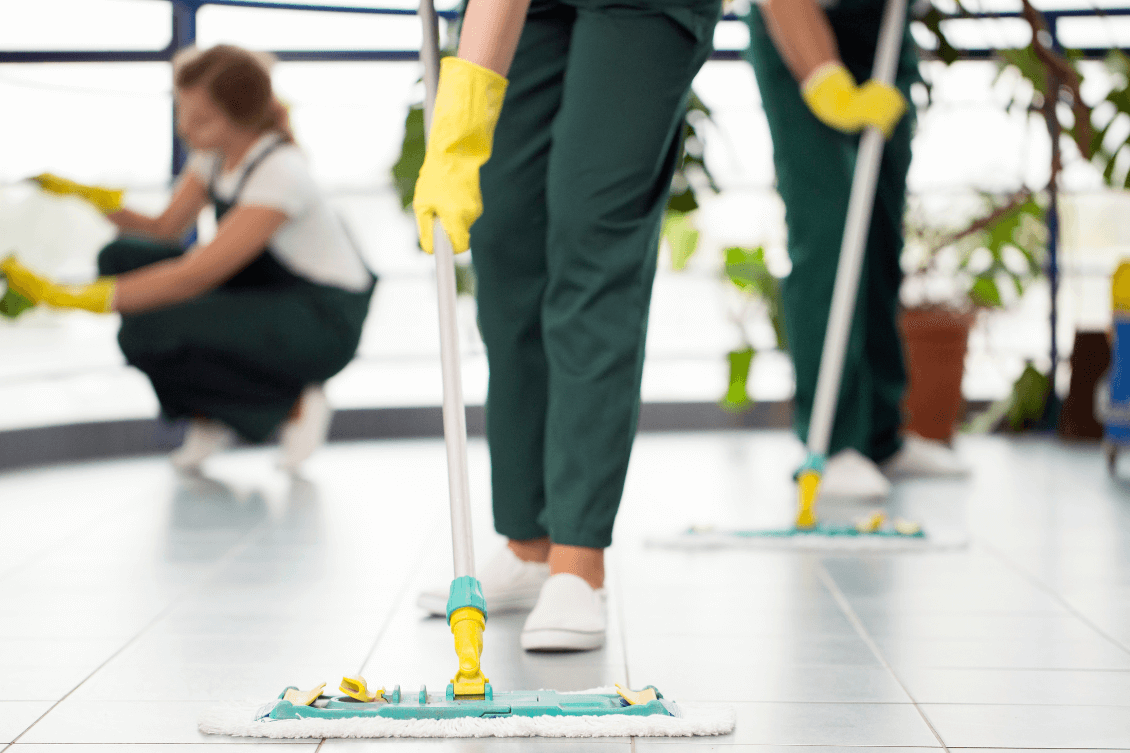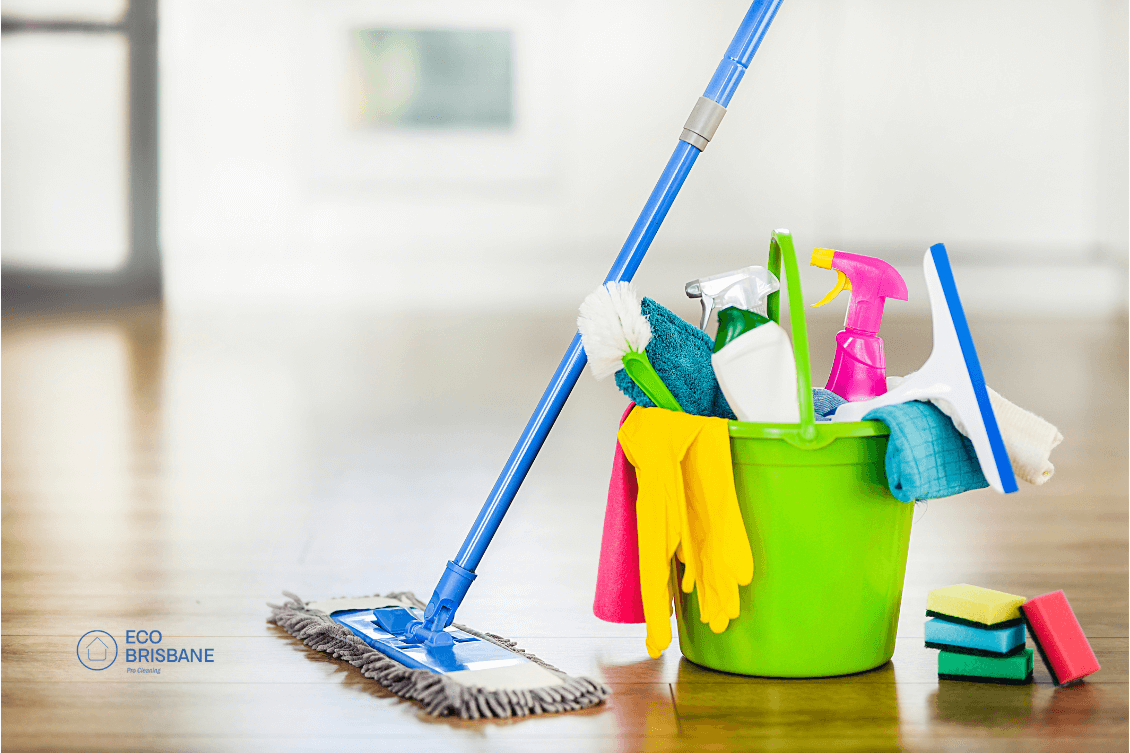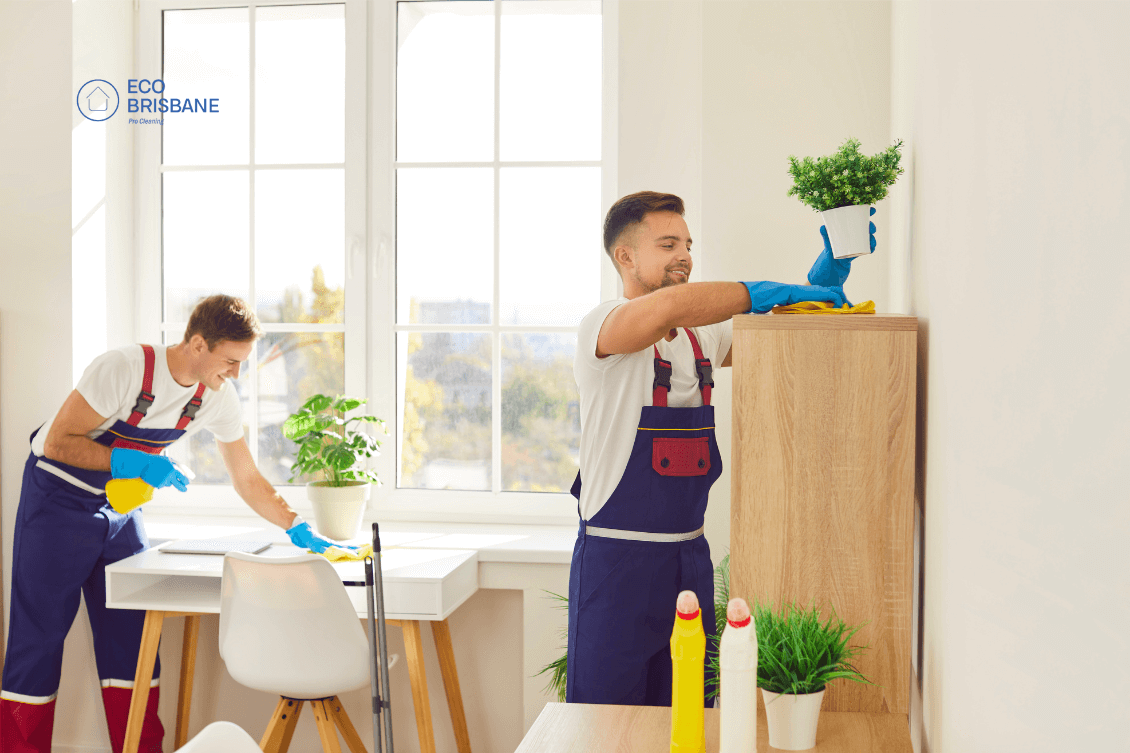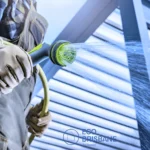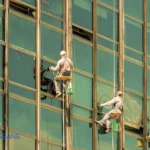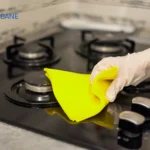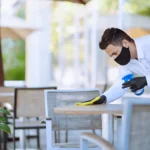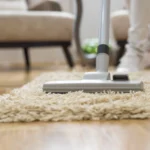Carpet water damage requires immediate attention. If you delay, this will lead to other issues related to carpet and health. Timely cleaning will help odour, discolouration, and mould prevention in carpets. You need to remove excess water, scrub out the stains, and steam clean the carpet. Don’t forget to turn off electricity in the affected area for safety. Using vinegar and baking soda can help control odours. If these look overwhelming, you can hire professional carpet cleaners for convenience and better results.
Why Is Wet Carpet Cleaning Important?
Wet carpets can lead to different problems. Here are the major concerns of flood water contamination for carpets:
Increase Mould Growth
Indoor dampness is a major contributor to mould growth. A study shows that it affects 10-50% of dwellings in Australia. Wet carpets create a perfect environment for mould to grow. It spreads quickly and damages the carpet fibres. Over time, the carpet weakens and deteriorates.
Unpleasant Odour Development
Carpets start to smell bad when they stay wet for some time. The trapped moisture mixes with dirt and causes a musty odour. Carpet moisture removal is essential to prevent this. Without proper drying and cleaning, the smell can linger and worsen over time. Dehumidification helps speed up the drying process and eliminates unwanted odours.
Reduce Carpet Lifespan
When a carpet stays wet for too long, it can wear out faster. Water weakens the fibres and causes them to break down. Soaked carpet cleanup is necessary to prevent permanent damage. The longer you delay, the more difficult the flooded carpet recovery becomes.
Carpet Discoloration
Water damage can cause carpets to lose their colour. Stains and patches may appear and ruin the carpet’s look. Fast carpet water extraction is needed for preventing mould in damp carpets. Otherwise, mould growth will increase and affect the colour of your carpets.
Pose Health Risks
Wet carpets pose health risks due to mould and bacteria growth. These harmful elements thrive in damp environments. According to Real Time Lab, mould contributes to 93% of chronic sinus infections. Timely water damage restoration is important to maintain the health and safety of you and your family members.
How to Clean After Water Damage?
With a few steps, you can clean a flooded carpet. This will reduce the impact and save the carpet from further damage.
Inspection for Damage
Start by inspecting the carpet to understand the extent of the damage. Check for wet areas, stains, or mould growth. This helps determine how much of the carpet is affected. Once you know the level of damage, you can decide the best solution for cleaning or replacing the carpet.
You should also check on the source of the water. If it was not an accident but water pipe leaks, fix that first. Otherwise, your carpet cleaning will be hampered. Water may reach again and ruin your attempts to clean.
Necessary Equipment
You will need some equipment for effective cleaning. Using these items helps with the cleaning process and makes it easier:
- Wet vacuum for water extraction
- Dehumidifier to reduce moisture
- Fans to speed up drying
- Cleaning solution for stains
- Protective gloves and masks
- A steam cleaner
- Carpet brush for scrubbing
Safety Measures
Before starting, focus on safety when cleaning the carpet. Wet areas can be risky, especially with electricity. Turn off the power in affected rooms to stay safe. Always wear gloves to protect your hands from dirty water or cleaning solutions. It’s best to avoid harsh chemicals, as they can damage the carpet or cause irritation. Use mild cleaners instead.
Excess Water Extraction
Start by removing as much water as possible from the carpet. This is crucial for drying wet carpets quickly. Use a wet vacuum to extract excess water efficiently. Move slowly to ensure you get all the moisture out. Consider using vacuum drying if available, as it can remove even more moisture from the carpet fibres.
If you don’t have a vacuum, you can use a soft cloth or sponge. Dab it gently on the carpet. It will absorb water and help remove some moisture. Change the cloth often to avoid spreading water. Once you’ve soaked up as much as possible, continue using fans and dehumidifiers to ensure thorough drying.
Removing Water Stains from Carpet
Staying water can leave stains and marks on the carpet. You need to use cleaning solutions to get rid of them. Leaving them for later will make the stains permanent. Using mild dish soap or detergent will be good enough. It’s safe for carpets and healthy for you to avoid harsh chemicals. Before applying the cleaning solution, try a patch test on a small area.
According to the University of Melbourne, 33% of Australians suffer from headaches when exposed to cleaning product chemicals. You can get a good cleaning result by using lime, vinegar, and essential oil. You will also find different eco-friendly cleaners in the market. Opt for them instead of chemical cleaners. Scrub in a circle with a brush. Don’t be too harsh with the scrubbing, as it can affect the fibre.
Opt for Steam Cleaning Carpets
You can consider steam cleaning the carpet after the water is removed. This method is effective for deep cleaning and disinfecting. Steam helps eliminate dirt and bacteria that may remain after water damage. Hot steam penetrates the fibres, breaks down stains and helps the carpet sanitisation process. It will kill mould spores that can grow if moisture remains. Make sure to follow the manufacturer’s instructions for using a steam cleaner.
Odour Removal from Water-Damaged Carpet
To remove bad smells from a water-damaged carpet, try using natural methods. Baking soda is great for absorbing odours. Sprinkle it on the carpet and leave it for a few hours, then vacuum. Vinegar can also help neutralise odours. Mix it with water and spray lightly on the carpet. Adding a few drops of lime juice gives a fresh scent. Placing bowls of charcoal around the room can also absorb lingering smells from the air.
Carpet Drying Techniques
To dry a wet carpet, use effective techniques. First, ensure good air circulation for drying carpets. Open windows and doors to let fresh air in. Use fans to help move the air around. A dehumidifier for water damage is also useful. It reduces moisture in the room and lowers humidity levels. This will speed up the drying process and give you a clean, fresh carpet quickly. You can also place absorbent materials like towels on the carpet. They will soak up extra water and quicken the drying process. Replace them often to keep them drying efficiently. You need to keep checking until the carpet is completely dry.
Call Professional Carpet Cleaning Services
If the carpet is heavily damaged, consider calling professional cleaning services. They have the right tools and experience to handle tough situations. Experts can assess the damage and provide effective solutions. They know how to properly clean and dry carpets. This ensures the best results. Besides, they can also help with disinfecting carpets after water damage.
Professionals are familiar with different carpet materials. They know which cleaning solution and method will be safe. After a thorough inspection, they plan the proper strategy for cleaning the carpet.
Carpet Cleaning Tips for Water Damage
Water on a carpet is a threat to both the carpet and your health. Therefore, you should take it seriously and try to act as fast as you can. Here are some additional tips that will help you with the cleaning.
- Don’t let the water stay on the carpet for too long. If you don’t know how to handle the situation, call for local carpet cleaning solutions. They will arrive quickly and take on the situation.
- You must not skip disinfecting the carpet process. Dampness in carpet boosts the growth of mould and bacteria.
- Inspect the carpet padding underneath. If it’s soaked, it may need to be replaced. Wet padding can retain moisture, leading to odours and mould. If the carpet padding is wet and cannot be dried, consider carpet padding replacement for optimal results. New padding can improve comfort and extend the carpet’s life.
- Ensure the subfloor is dry as well. Use fans and a dehumidifier to help with this process, as trapped moisture in the subfloor can cause future problems.
- Keep an eye on the carpet for any signs of mould growth after cleaning. Address any issues immediately to prevent health risks and further damage.
- After applying a cleaning solution, rinse the carpet with clean water. This helps remove any remaining soap residue. It can attract dirt if left behind.
Final Thought
Staying water on the carpet can cause permanent damage if not treated properly. Take necessary safety steps and act quickly. All these can be overwhelming, and inexperienced handling may lead to further damage. Instead, call Eco Cleaning Brisbane for professional assistance. We have expert cleaners who can handle any carpet problems. You can rely on our 20 years of experience serving across Brisbane. We use only eco-friendly cleaners and ensure proper carpet restoration of your water-damaged carpet.
